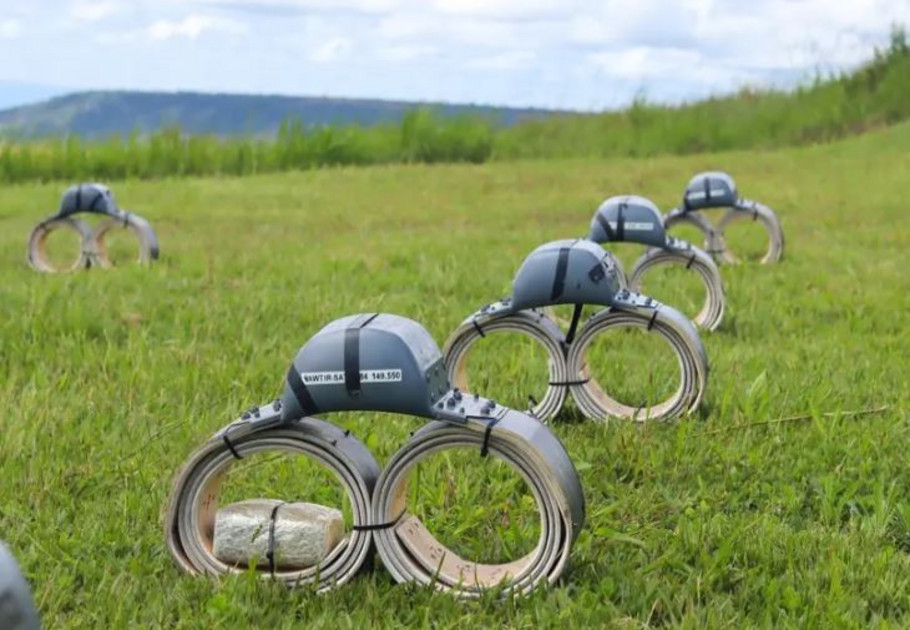
The Upemba National Park puts up a necklace installation operation to monitor and protect its elephants. This operation aims to strengthen elephant preservation efforts and to reduce human and wildlife conflicts, especially in the park's vicinity, where an elephant herd is particularly endangered. The real time monitoring of elephant moves will enable a better handling of the threat, assist in genetic research on Savana elephants and promote cross-border collaboration with Zambia to protect these animals. This significant operation aligns with the park’s preservation efforts in the fight against poaching, conflicts with local communities and the loss of habitat.
GPS necklaces to protect elephants and the population of the Upemba National Park -Environews-rdc
The Upemba National Park plans to install GPS necklaces between May 17 and 30, 2025. This operation falls in-line with continuous efforts deployed by the managers of this protected area to reinforce the preservation of elephants and reduce human and wildlife conflicts. This was revealed in a press release made public on Friday, 9, 2025, in Lusinga.
According to the press release, this operation aims to improve the follow-up and protection of elephants in the whole park and its surroundings, 200km from the park in the Ankoro region, above the park border, where is found an engendered and pressured herd. This mission shall cover the North-west portion of the park, including the surroundings. The release equally reveals how this operation shall improve follow-up, permit better protection and a cross-border collaboration for elephant preservation, on a one hand and the population on the other.
“As part of a major move towards elephant preservation and the reduction of human and wildlife conflicts, the Upemba National shall carry out a GPS necklace installation operation in May 2025. This operation shall provide essential data on the moves of elephants, while enabling preservers to develop more efficient strategies to protect the specie while reducing conflicts with local communities.’’ states the press release.
Share: